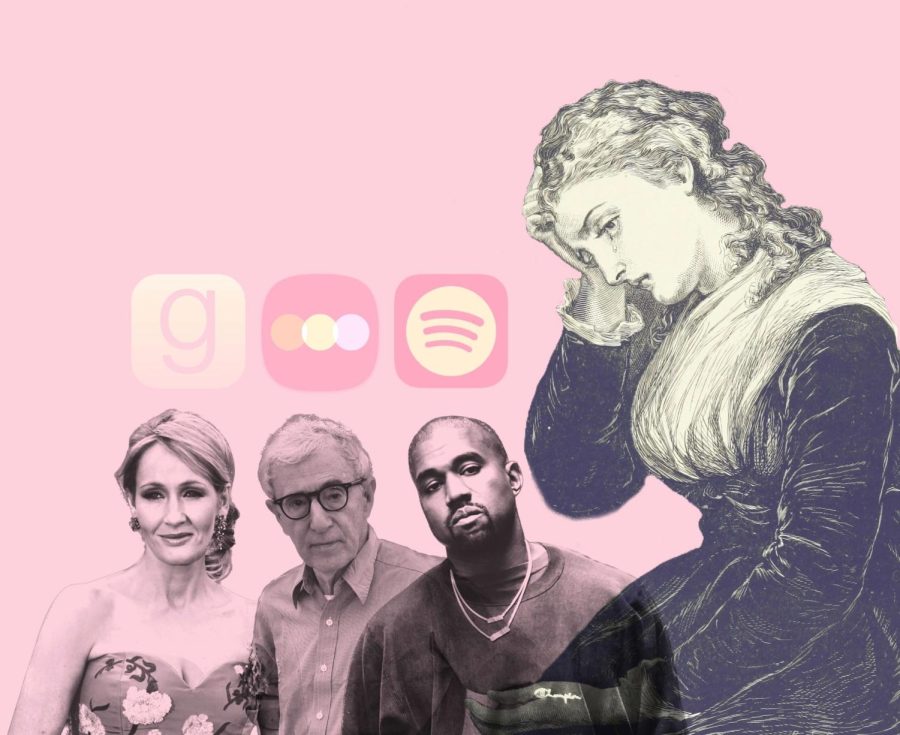The age of the internet and a collective tendency to be curious about the lives of celebrities have coincided to create a culture in which most of us tend to search for at least a little bit of personal information about the artists we admire.

In theory, it seems fantastic that we can find out anything our little hearts desire about our idols. However, as I’m sure you have experienced, the reality seems to be that this is a double-edged sword. The accessibility of content doesn’t just apply to information that paints artists in a favourable light. As a result, the question of separating the art from the artist has been heavily debated recently.
People who are opposed to separating art from the artist mainly have two basic arguments that emerge in this debate. The first one is that it is impossible to divide the art from the artist. Through the process of creation, the artist’s experiences, thoughts, feelings, and opinions are all co-writers and collaborators in the final product. Even if the piece of art isn’t directly associated with any sort of problematic actions, the art they create wouldn’t be what it is without this specific person creating it. Therefore, the artist is the art.
The other argument is that it is simply unethical to support anyone who has done problematic things. Is consuming the art regardless of the actions of the creator letting the artist off without admonishment, or even worse, being complicit in any harm that has been done by the artist?
People in favour of the separation of art from the artist argue that the work of art is a completely isolated entity from the artist. That you can appreciate art without condoning the actions of the creator. Art can be consumed for the sole purpose of the art. The artist and their actions can be ignored.
There is also the argument that by only consuming art by people who have never done anything problematic, we are limiting ourselves from absorbing a colossal amount of content.
To me, the question of the separation of art from artist is more complicated than what these arguments detail. I do agree that the artist being a part of their artwork is true. I am honestly unsure if I would say that the artist and the art are inseparable. However, in any case, the piece of art would not be what it is if it had been created by a different person.
On the other hand, everyone has a different idea of what would be the action an artist would have done to prompt an evaluation of the divide between art and artist. From the very start, this debate is subjective. When do we start separating art from the artist? We probably wouldn’t be able to all agree on a line the artist has to cross to no longer be worthy of our support.
With this in mind, I think the conclusion is that every case is subjective to the consumer. The choice to separate art from the artist, or not to do so, is a personal decision. You cannot choose the art that speaks to you, or how you feel about a piece of art. You equally cannot choose to not have an adverse reaction to information regarding problematic actions (however you define that) done by the artist. Ultimately, the answer to the debate of separating art from the artist is one that only you can answer for yourself.


